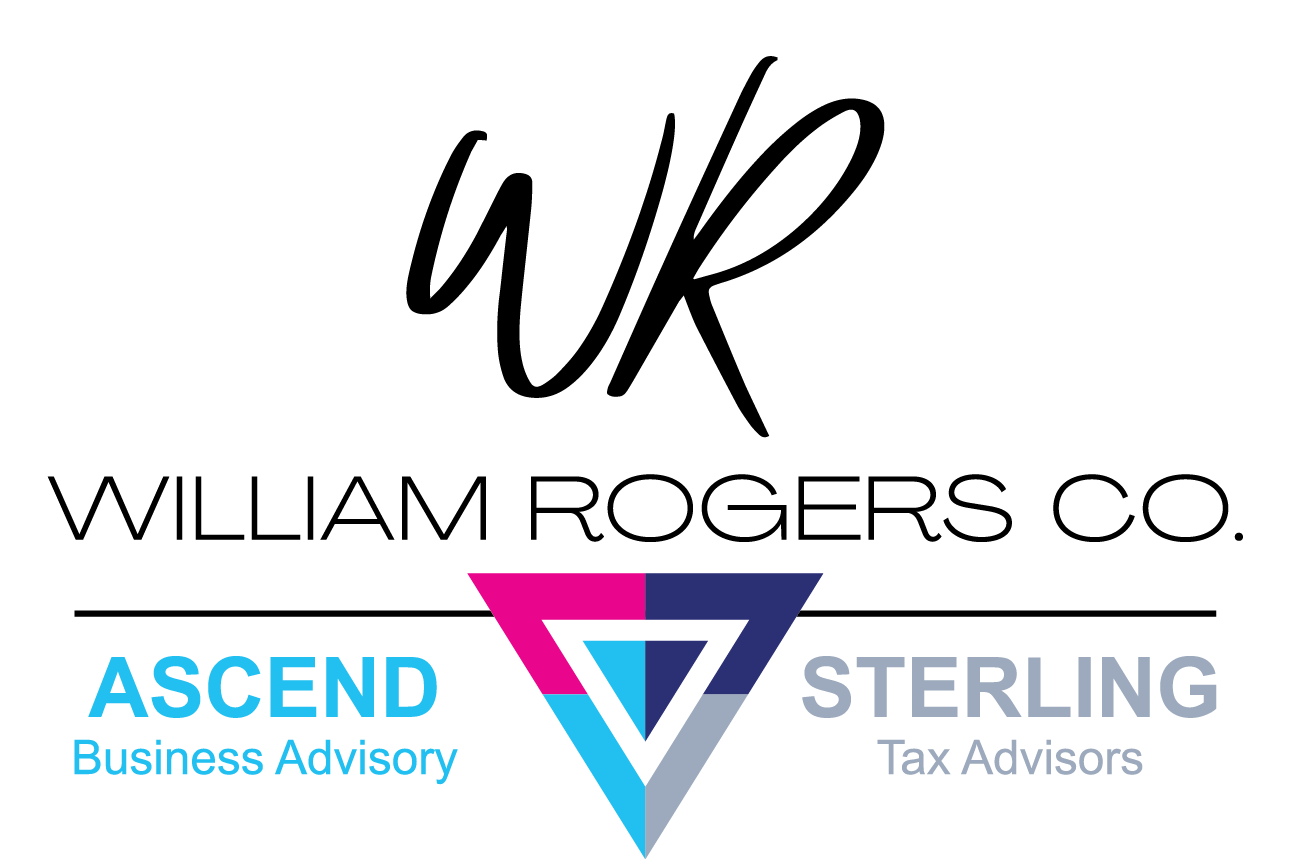Generation Z is starting to enter the workplace, and as they do, they’re changing how things are done. While the COVID-19 pandemic popularized remote work and saw the rampant growth of the hybrid workplace, younger graduates and employees are pushing back. If your business actively recruits Generation Z team members, knowing the benefits and disadvantages of a hybrid workplace will help you understand how to make remote work engaging for all your employees.
What Is Hybrid Work?
Staying relevant in a changing business environment is important, and hybrid work is part of the new wave of business. A hybrid work model is partially in-person and partially remote. Most offices with a hybrid schedule allow employees to work from home part of the week and work in the office other days. Some hybrid models give employees the opportunity to choose which days they work in the office, while others have set “in-person days” and “in-office days.”
What are the Advantages of Hybrid Working?
Transitioning to a hybrid workplace can provide a variety of benefits to any workplace, especially in terms of employee morale. Here are just some of the advantages of hybrid working:
- Work-life balance
- Happier employees
- Save money on office space
- Increased productivity
What are the Disadvantages of Hybrid Working?
Without the right setup in place, a hybrid work model won’t work for your company. Here are some ways that remote work can negatively affect your company:
- Employee burnout
- No interpersonal relationships
- Bad communication
- Unclear company culture
Hybrid Work and Generation Z
Generation Z is changing the workplace culture rapidly. They value work-life balance, flexibility, and meaningful careers. They’re also changing things because of the way they look at hybrid work.
Most of the Gen Z crowd has spent the last few years attending class via a computer screen, meaning they’ve missed out on building key relationships that those before them have been able to do. That’s why it’s no surprise that 40% of college students and recent graduates prefer fully in-person work compared to just 12% of office workers who are now remote or hybrid.
Don’t Let Gen Z Fall Behind
If you’re working to recruit Gen Z employees while keeping your current employees happy with their remote schedule, establishing or building up your hybrid workplace may be the answer. While many say that the hybrid work model is leaving Gen Z behind, that’s not true. Poorly developed hybrid workplaces are what’s really doing the damage.
Due to the popularity of remote work among current employees, it’s likely that fully returning to in-office work 100% of the time is unlikely. Hybrid work is trending to be the workplace of the future, and if you want to recruit and retain the best employees from all generations, you need to find a way to make hybrid work attractive and engaging for everyone.
If you need help fine-tuning your hybrid workplace to work for Gen Z, we can help. The William Rogers Company is the culmination of a 25-year career developing cross-discipline methods and knowledge for taking businesses to new heights. We help individuals and small to medium-sized businesses in Southern California maximize their potential for success. Schedule a call today with the business experts, at 888-297-3321.

